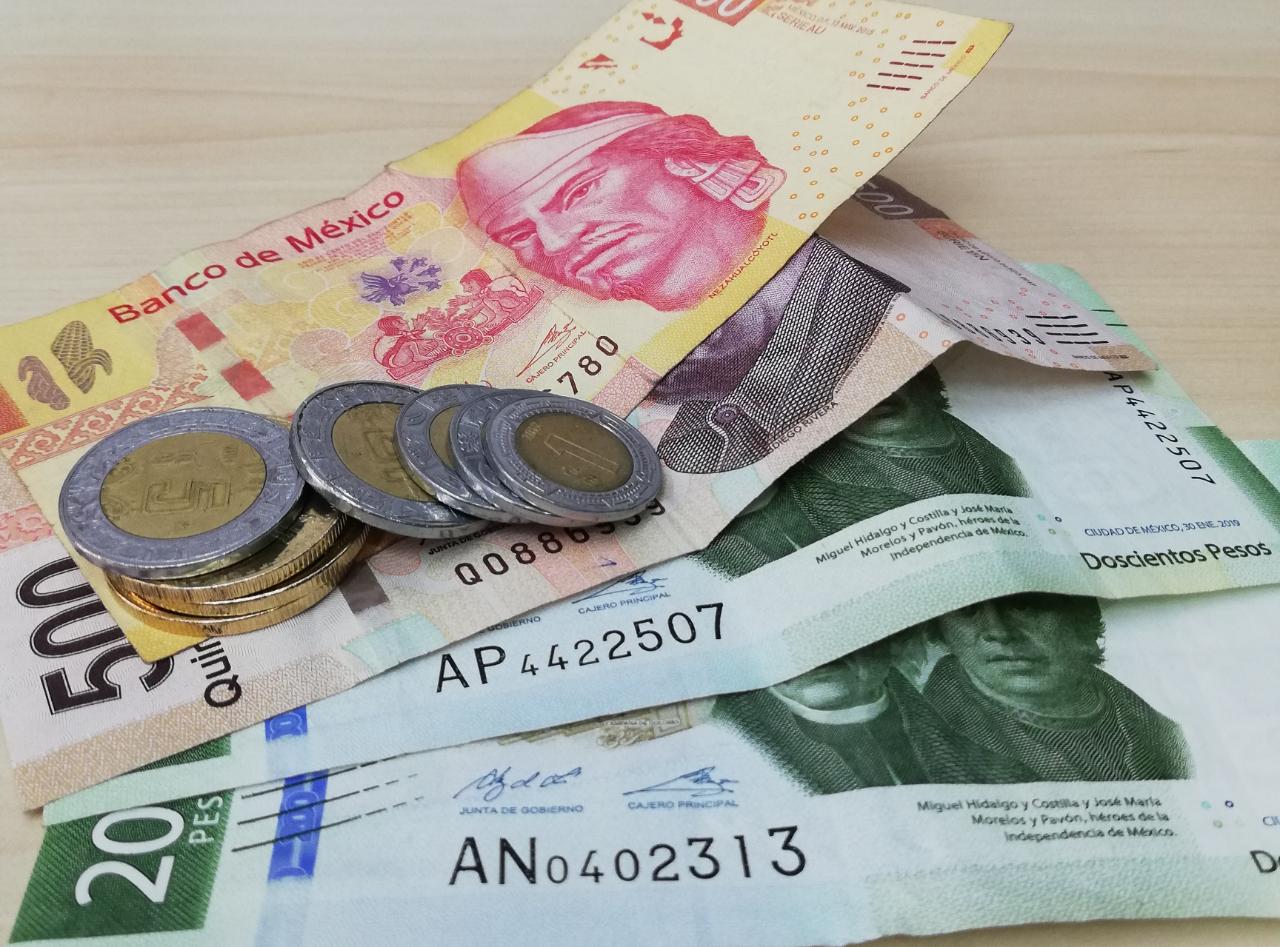Living-Wage-Gap and Equalisation analysis (vis-à-vis the U.S.) for selected European economies – for all employed in the manufacturing sector– in PPP for private consumption terms 1996-2017
Abstract
- Practically all European economies improved their living wage equalisation index (Eq-Idx) with equivalent US workers as a result of the combination of: (1) significant increases in the hourly compensation wage rate in local currency (averaging 6%), (2) little change in their PPP for private consumption cost of living (averaging 0,1%), (3) some revaluation of their currencies against the dollar (averaging 1%) and (4) the drop of almost 1% of the US hourly rate. In fact, of the 28 economies in this report, 24 improved their Eq-Idx, some of them very significantly, This resulted in a 7,1% average increase in the hourly rate in US dollars. Finland did not change its index and only Italy, Greece and Estonia lost one point in their Eq-Idx.
- Among the 16 euro-zone economies, 12 increased their Eq-Idx, Finland did not change and Italy, Greece and Estonia lost one point. The combination of the same variables described above for all Europe drew similar results in euro-zone countries: (1) a meaningful increase in the hourly compensation wage rate in local currency (averaging 3,6%), (2) little change in their PPP for private consumption cost of living (averaging 0,5%), (3) significant revaluation of the euro against the dollar of 1,9% and (4) the drop of almost 1% of the US hourly rate. This resulted in an 5,8% increase in the hourly rate in US dollars. Some economies experienced extremely strong increases of the hourly rate in local currency. Ireland recorded the strongest increase at 23% —which translated into a 25,2% increase of its hourly rate in US dollars and on its Eq-Idx, or 21 point gain, from 83 to 104— followed by Lithuania at 12,8%, Latvia at 9,1% and the Netherlands at 7,6%. Even France and Germany, despite a drop or no change in the hourly rate in euros, with no change in their PPP, the euro revaluation and the drop of the US hourly rate, increased their Eq-idx by one and three points respectively. Only Estonia, Greece and Italy increased their gap (with no change for Finland) because of a drop of their hourly rates in euros, averaging 3,8%.
- Among Eastern European economies, including the euro-zone economies of Estonia, Latvia, Lithuania, Slovakia and Slovenia, a marked improvement in their Eq-Idx is evident, once again as a result of the combination of the same variables with the same behavior: (1) a strong increase in the hourly compensation wage rate in local currency (averaging 10,2%), (2) little change in their PPP for private consumption cost of living (averaging 0,85%), (3) slight revaluation of their currencies against the dollar of 0,7% and (4) the drop of almost 1% of the US hourly rate. This resulted in a strong 10,4% increase in the hourly rate in US dollars. If we exclude the euro-zone economies in Eastern Europe, the gains are even stronger on average for Bulgaria, Croatia, Czech Republic, Poland, Romania and Turkey, with a 13,5% average increase of their hourly rates in local currencies, a 12,5% average increase in US dollars and, excluding Turkey, a 2,5% of their PPP cost of living and an average revaluation of their exchange rates of 2,7%, plus the drop of the US hourly rate. In the case of Turkey, it recorded a steep devaluation of its currency of 17,2%, prompting a 10,2% decrease of its PPP cost of living in US dollars. But a rather strong increase of 41% of its hourly rate in local currency was enough to increase its hourly rate in US dollars by 16,8%, only second to Ireland’s. This resulted in a powerful gain of 9 points in its Eq-idx from 2016 to a 39 index.




